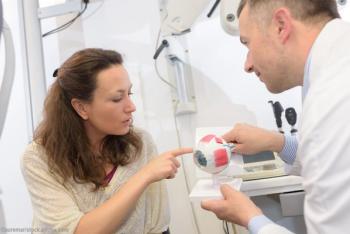
Interventional Glaucoma
Latest News
CME Content



Glaucoma genetics research can define the molecular basis of glaucoma and targets for developing curative or even preventive therapies, and it also pro-vides a basis for diagnostic and screening tests.


While numerous techniques are available to surgeons, awareness is important
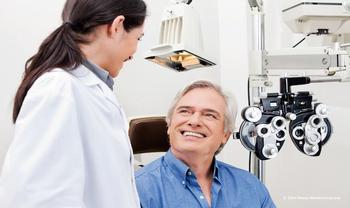
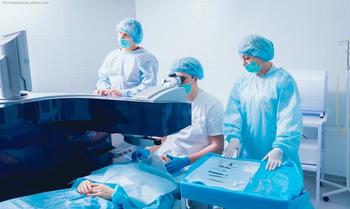
While MIGS has forever changed the surgical management of glaucoma, the space continues to evolve.

Pearls can ensure physicians get best outcomes, help patients set realistic goals
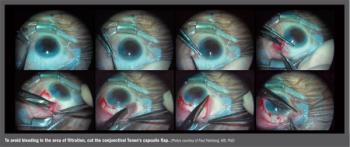
Several techniques can result in better surgical outcomes for patients

Established in other areas, telemedicine implementation slow in glaucoma treatment

Capitated health-care models may be best positioned to take advantage of telehealth


Sustained-release option overcomes limitations of topically administered drops
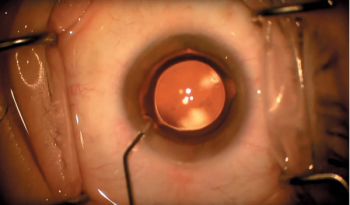
Research offers guidance on NSAID use, identifies etiologic role of abnormal IOP

Prescription drug costs are a pressing concern for both physicians and patients
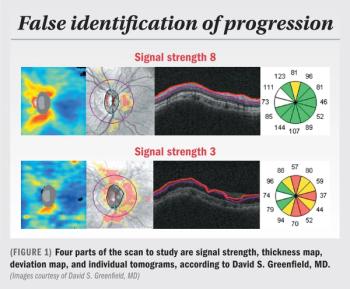
With imaging artifacts common, clinicians must be focused on key points
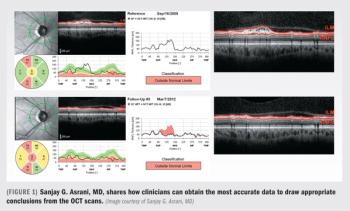
Technology makes great tool, requires extra vigilance with co-existing disease
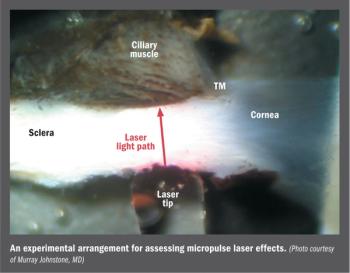
Studies have shown changes in outflow system structures mimic effects of pilocarpine

Physicians also can focus on treating inflammation and IOP in patients

Common devices differ in hardware, analysis, and display of data

Applying a cautious approach can increase the chance for successful outcomes
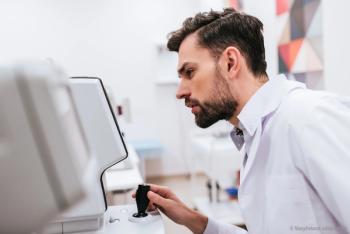
Lipid regulation within primary cilia may prove to be a solution for patients

Some finesse may go a long way for physicians to ensure best possible result for patients

Secure closure of the scleral flap a key to avoiding early hypotony

Postoperative complications can have multiple causes and preventative measures




















































.png)


